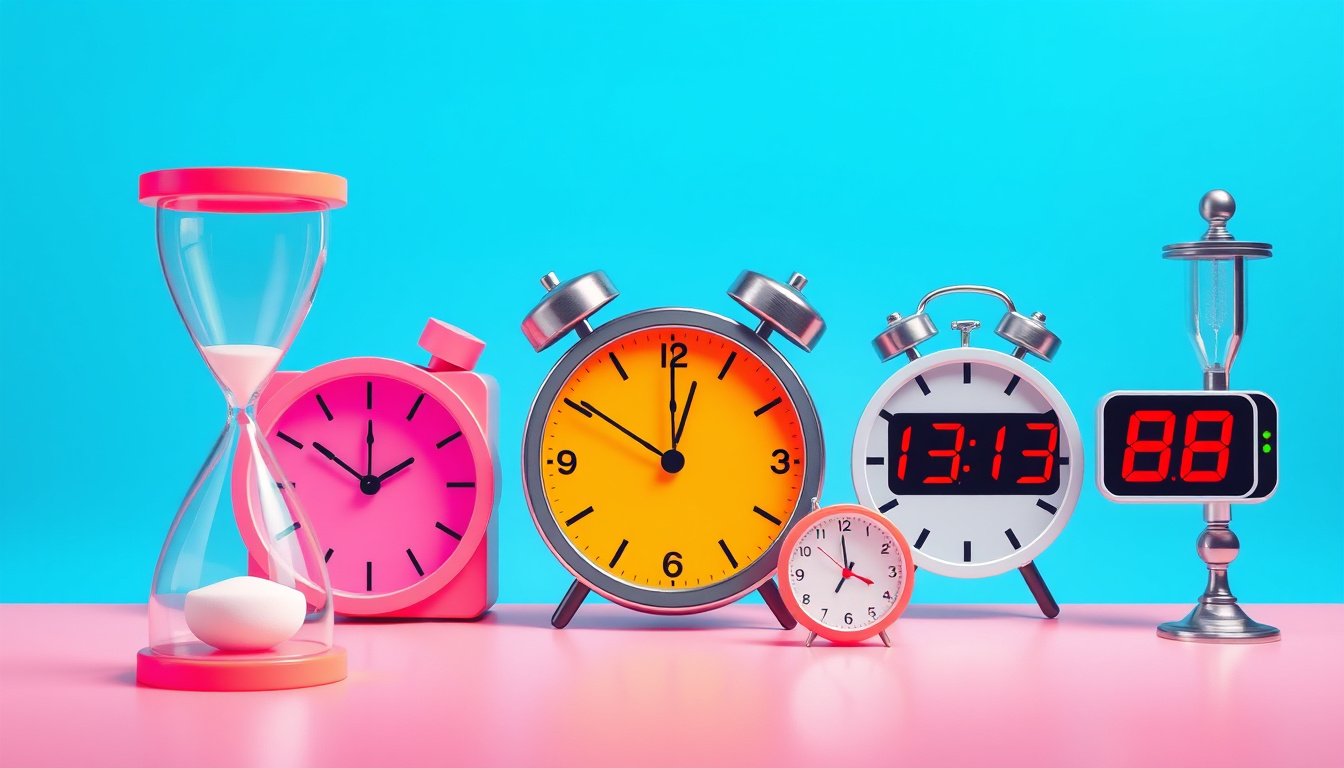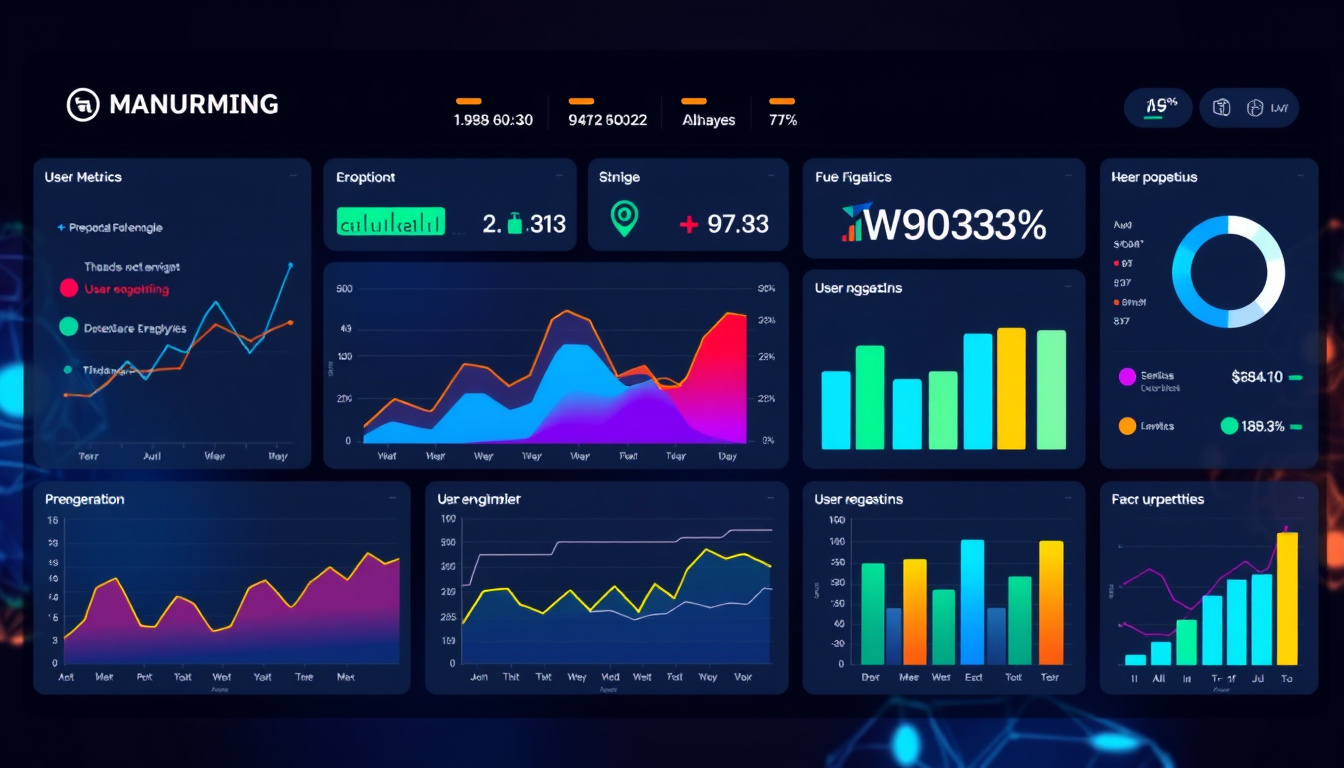✅ Interpreting Bounce Rates and Session Durations (Don't Miss This!)

In the fast-paced world of digital marketing, understanding user engagement metrics is crucial for optimizing your website’s performance. Among these metrics, bounce rates and session durations are critical indicators of how visitors interact with your content. In this article, we will delve deep into the essential aspects of interpreting bounce rates and session durations, ensuring that you don't miss out on this vital information for your online success. By the end of this discussion, you will gain insights into their meanings, implications, and the strategies to enhance them for improved user engagement.

Key Takeaways
- Bounce rates indicate how many visitors leave a site after viewing only one page.
- Session duration measures the length of time users spend on a website during a single visit.
- High bounce rates can signal potential issues with website content or user experience.
- Improving site engagement can lead to longer session durations and lower bounce rates.
- Regularly analyzing these metrics can provide insights into user behavior and website performance.
1. Introduction to Bounce Rates and Session Durations
Understanding web analytics is essential for any digital marketer or website owner, and interpreting bounce rates and session durations is key in assessing user engagement. Bounce rate refers to the percentage of visitors who leave your site after viewing only one page, while session duration reflects the average time a user spends on your site during a visit. Both metrics offer valuable insights into how well your content resonates with your audience and indicate areas for improvement. By mastering the art of interpreting bounce rates and session durations, you can enhance user experience, optimize your content strategy, and ultimately drive more conversions. Don't miss this comprehensive guide to effectively analyzing these crucial metrics!
2. Understanding Bounce Rates: What They Mean
Understanding bounce rates is crucial for any digital marketer or website owner looking to enhance online engagement. Bounce rates refer to the percentage of visitors who leave your site after viewing only one page, without navigating to any other content. Interpreting bounce rates and session durations can provide key insights into user behavior and website performance. A high bounce rate may indicate that visitors are not finding the information they need or that the user experience is lacking. Conversely, a lower bounce rate, combined with longer session durations, often signifies that users find your content engaging and worth exploring further. Don't miss this! Analyzing these metrics helps you identify areas for improvement, optimize your website's content, and strategically adjust your marketing efforts to better serve your audience.
'What gets measured gets managed.' – Peter Drucker

3. Session Durations Explained: Importance and Implications
Understanding session durations is crucial for evaluating user engagement on your website. ✅ Interpreting Bounce Rates and Session Durations (Don't Miss This!) can provide marketers and website owners with actionable insights into user behavior. A session is defined as a user’s interaction with your site within a given timeframe, and the duration of these sessions indicates how long users are spending engaging with your content. Short session durations might suggest that visitors are not finding what they came for, potentially resulting in high bounce rates, which measure the percentage of visitors who navigate away after viewing only one page. Conversely, longer session durations typically indicate that users are finding your content valuable and are more likely to convert—be it through signing up for a newsletter, downloading a resource, or making a purchase. By analyzing these metrics together, you can develop targeted strategies to enhance user experience, reduce bounce rates, and ultimately boost the effectiveness of your online presence. Understanding the implications of bounce rates coupled with session durations can help you craft content that resonates with your audience, ensuring that they not only visit your site but also stay engaged.
4. Factors Influencing Bounce Rates and Session Durations
When it comes to analyzing your website's performance, ✅ interpreting bounce rates and session durations is vital for understanding user engagement. Several factors influence these metrics, and being well-versed in them can help you create a more appealing online experience. First, the relevance of your content plays a significant role; if visitors don't find what they're looking for immediately, they're likely to leave, resulting in a higher bounce rate. User experience also contributes significantly; slow load times or poor mobile optimization can frustrate visitors and cause them to exit prematurely. Additionally, the quality of your traffic matters; targeted audiences genuinely interested in your offerings are less likely to bounce and more likely to engage longer. Lastly, effective calls to action and navigational cues can encourage users to explore multiple pages, thus improving session durations. By considering these factors, you can make informed adjustments to your website that enhance user satisfaction and ultimately drive better results.

5. How to Analyze and Interpret Your Website Data
Interpreting bounce rates and session durations is crucial for understanding how users interact with your website. High bounce rates typically indicate that visitors are leaving your site quickly, often due to irrelevant content or poor user experience. To effectively analyze this data, utilize tools like Google Analytics, which provide insights into which pages have high bounce rates. Look for patterns, such as specific entry pages or traffic sources that may need improvement. Additionally, session duration metrics can reveal how engaged users are with your content; longer durations often signify that visitors find your information valuable. By combining these two metrics, you can identify areas for improvement, refine your content strategy, and ultimately boost user retention and satisfaction. Don't miss this opportunity to enhance your website’s performance!
6. Strategies to Improve Bounce Rates and Increase Session Durations
When it comes to improving your website's performance, ✅ Interpreting Bounce Rates and Session Durations (Don't Miss This!) can unveil critical insights into user engagement. Bounce rate refers to the percentage of visitors who leave your site after viewing only one page, while session duration measures how long a visitor stays before navigating away. A high bounce rate can indicate that your content isn't resonating with users or that your landing pages are not optimized for retention. To enhance these metrics, consider implementing targeted strategies such as improving your website's loading speed, optimizing content for clarity and relevance, and ensuring intuitive navigation. Additionally, using engaging multimedia elements like videos and interactive content can captivate visitors longer, reducing bounce rates and increasing session durations, ultimately fostering a more engaged audience.

7. Conclusion: The Importance of Monitoring User Engagement Metrics
In conclusion, monitoring user engagement metrics such as bounce rates and session durations is crucial for understanding how users interact with your website. ✅ Interpreting Bounce Rates and Session Durations (Don't Miss This!) not only helps you pinpoint areas for improvement but also enables you to craft a more effective digital strategy. High bounce rates might indicate that your landing pages are not resonating with visitors, while short session durations can suggest that users are not finding the content engaging enough to delve deeper. By regularly analyzing these metrics, you can derive valuable insights that guide you in optimizing your site, enhancing user experience, and ultimately increasing conversions. Prioritizing these elements in your analytics strategy will ensure your content aligns with user expectations, establishing a better connection with your audience.
Frequently Asked Questions
What is a bounce rate and why is it important?
A bounce rate is the percentage of visitors who leave your website after viewing only one page without interacting further. It is important because it helps you understand user engagement and the effectiveness of your content in keeping visitors interested.
How is session duration measured?
Session duration is measured as the length of time a user spends on your website during a single visit. It is calculated from the moment a user arrives until they leave or become inactive for a specific period.
What factors can influence bounce rates and session durations?
Certain factors that influence bounce rates and session durations include page load speed, content quality and relevance, user experience, website design, and the effectiveness of your calls to action.
How can I improve my website’s bounce rate?
To improve bounce rates, you can optimize your content for relevancy, enhance the user experience with quicker loading times, ensure mobile-friendliness, and strategically place engaging calls to action on your landing pages.
Why should I monitor bounce rates and session durations regularly?
Regular monitoring of bounce rates and session durations is essential to understand user engagement, identify potential problems in user flow, and measure the effectiveness of any changes or improvements made to your website.
Authored by - Abdulla Basha
Email id - mail@abdullabasha.com
Linkedin